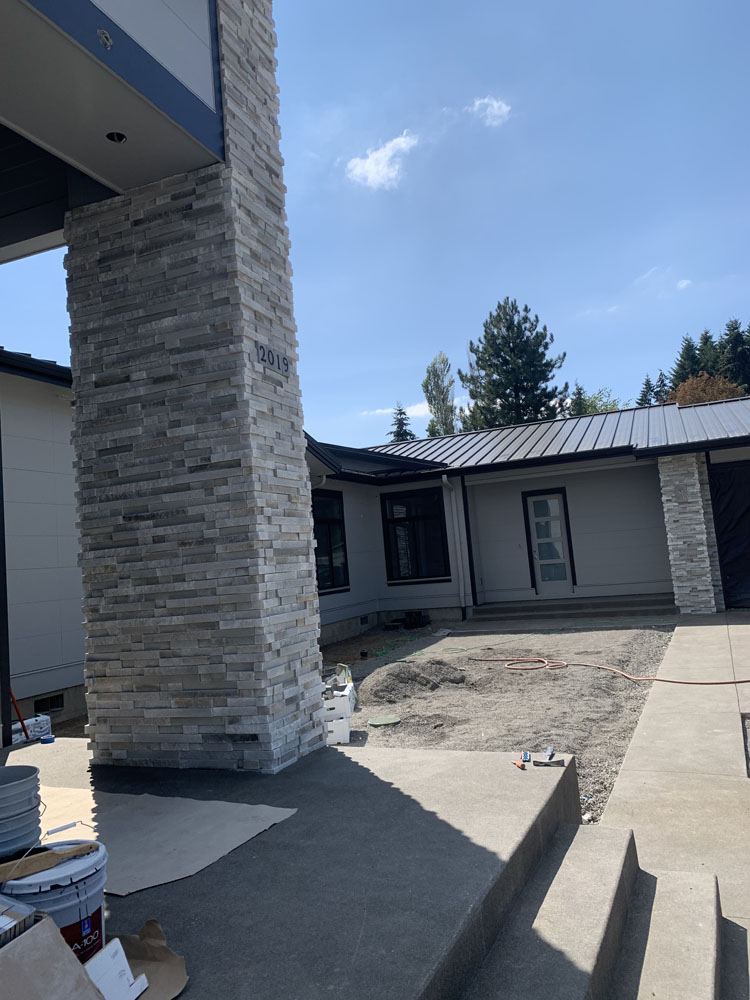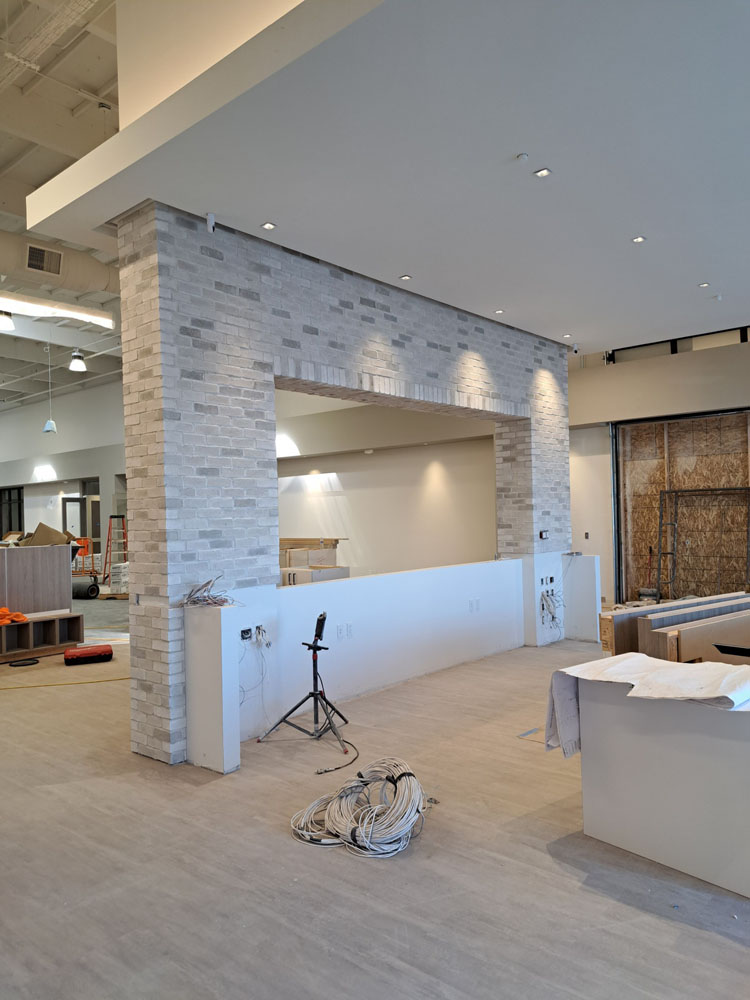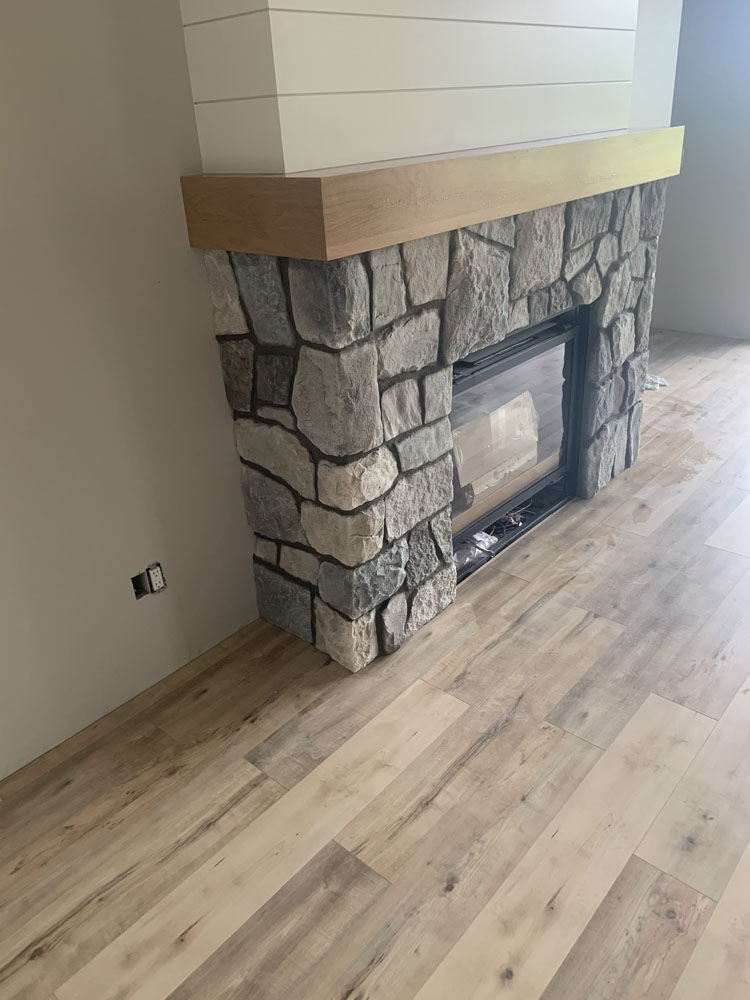Introduction
Creating an inviting and functional outdoor space is a quest many homeowners embark on. One of the cornerstones of such a space is undoubtedly a well-designed masonry walkway. A masonry walkway not only adds aesthetic value to your property but also enhances its functionality. So, how do you plan the perfect layout for your masonry Masonry Contractor walkway? Here, we delve into comprehensive tips that will guide you through the planning process, ensuring your walkway becomes a striking feature of your landscape.
Masonry Walkway: What Is It and Why Is It Important?
Understanding Masonry Walkways
A masonry walkway refers to paths constructed using various materials like brick, stone, or concrete. These materials can be arranged in numerous patterns and designs, making masonry walkways highly customizable and versatile.
The Importance of a Well-Designed Walkway
The design of your masonry walkway impacts not just the visual appeal but also safety and functionality. A well-planned walkway guides visitors through your garden or yard while preventing erosion and soil displacement.
Tips for Planning the Perfect Layout for Your Masonry Walkway
When it comes to crafting a stunning masonry walkway, several factors come into play. Here are some essential tips:
1. Define Your Purpose
What Will Your Walkway Be Used For?
Before laying down any stones or bricks, ask yourself what purpose your walkway will serve. Will it be a simple path from one point to another, or will it lead to specific features like flower beds or sitting areas?

Consider Traffic Flow
Traffic flow is crucial when planning your masonry walkway. Ensure it accommodates foot traffic efficiently without bottlenecks or unnecessary turns.
2. Choose the Right Materials
Exploring Material Options
Masonry walkways can be made from various materials including:
- Brick: Offers traditional charm. Natural Stone: Provides a rustic look. Pavers: Available in different shapes and colors.
Each material has its pros and cons, so choose based on durability, maintenance needs, and style preferences.
3. Plan Your Design Layout
Sketching Your Idea
Creating a rough sketch can help visualize your walkway's design. Include curves, straight lines, and any special features like borders.
Using Templates
Consider using garden hoses or string to outline the proposed shape in your yard before committing to any layout decisions.
4. Incorporate Natural Elements
Blending with Nature
Integrating natural elements such as plants or rocks along the edges of your masonry walkway can create a harmonious look that complements your landscaping efforts.
Adding Lighting Features
Strategic lighting along walkways enhances usability at night while adding an enchanting touch to your outdoor space.
5. Consider Drainage Solutions
Importance of Proper Drainage
Ensuring proper drainage is paramount to avoid standing water which can damage both the pathway and surrounding plants.

Designing for Drainage Flow
Incorporate slight slopes away from buildings and use permeable materials where possible to facilitate water runoff.

6. Check Local Regulations & Guidelines
Understanding Local Codes
Before beginning construction on your masonry walkway, make sure you understand any local regulations regarding construction permits and zoning laws.
Choosing Between Different Styles for Masonry Walkways
7. Traditional vs Modern Designs
Exploring Classic Styles
Traditional styles often include symmetrical designs with uniform materials while modern designs emphasize simplicity and asymmetry.
8. Patterns That Pop: Herringbone vs Basketweave
Herringbone Pattern
This classic pattern provides excellent stability as well as an elegant look that works well with brick pavers.
Basketweave Pattern
This design offers a unique visual interest but may require more skill during installation.
FAQs About Planning Your Masonry Walkway
1. What’s the ideal width for a masonry walkway?
The standard width ranges from 3 to 4 feet allowing two people to walk comfortably side by side without feeling cramped.
2. How much should I budget for my masonry walkway?
Costs vary significantly based on material choice, size, and labor but expect anywhere from $10-$30 per square foot installed.
3. Can I install a masonry walkway myself?
If you're handy with tools and have basic knowledge of landscaping techniques, DIY installation is possible; however, hiring professionals ensures high-quality results.
4. What maintenance does a masonry walkway require?
Regular cleaning with soapy water followed by sealing every few years helps maintain its appearance while preventing weed growth between stones.
5. How do I prevent weeds from growing in my masonry walkway?
Using landscape fabric beneath stones combined with polymeric sand can effectively deter weed growth between pavers or bricks.
Conclusion
Crafting the perfect layout for your masonry walkway involves careful consideration of purpose, material selection, design principles, drainage solutions, and local regulations. By following these tips for planning the perfect layout for your masonry walkway, you'll ensure that this feature enhances both beauty and functionality in your outdoor space while providing an enduring asset that elevates your property’s value over time.
With thoughtful planning and execution—transforming ordinary spaces into extraordinary ones through beautifully designed masonry walkways—is entirely achievable! So roll up those sleeves; it's time to create something spectacular!